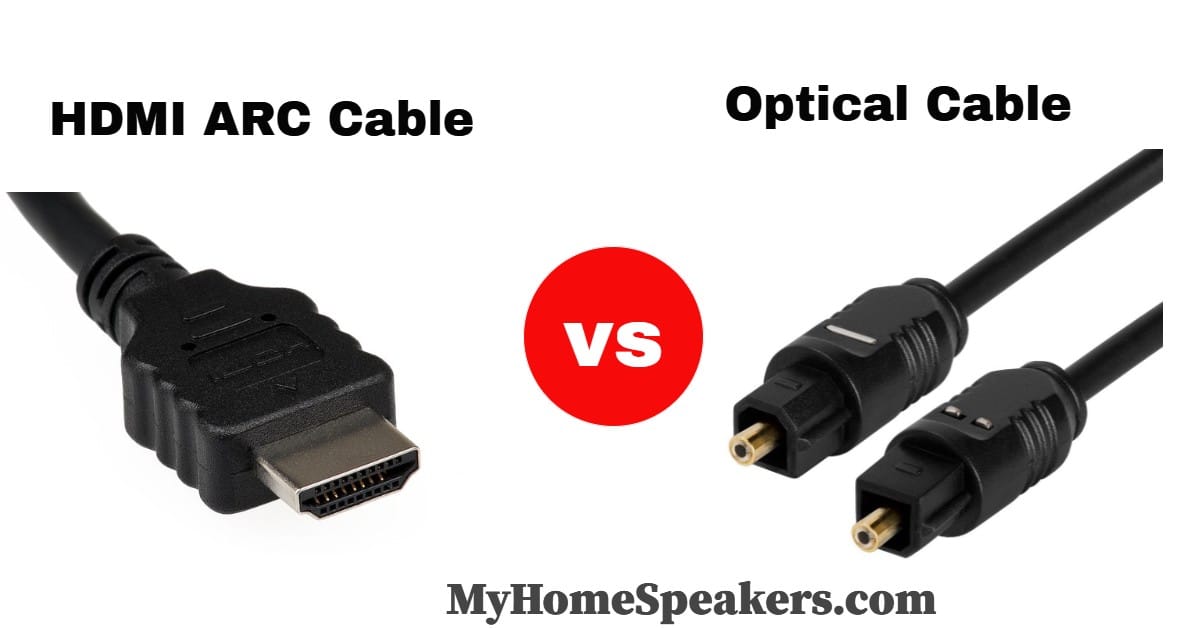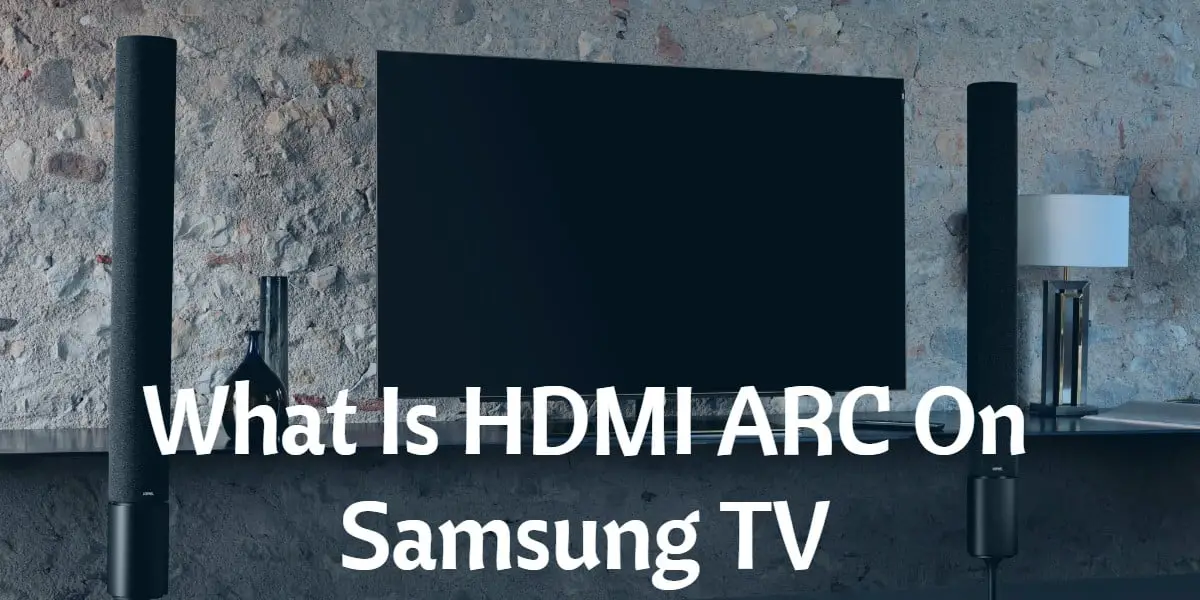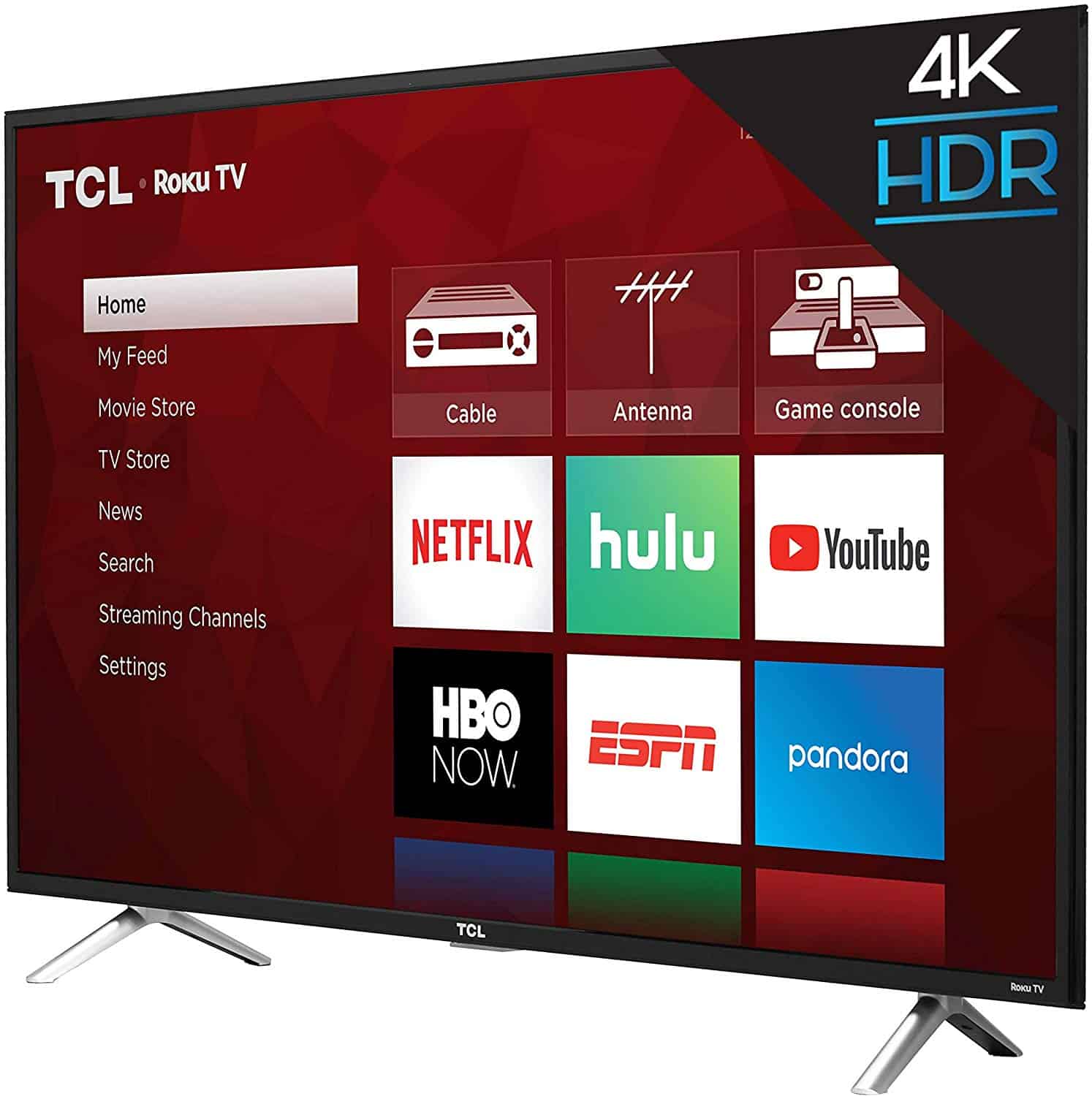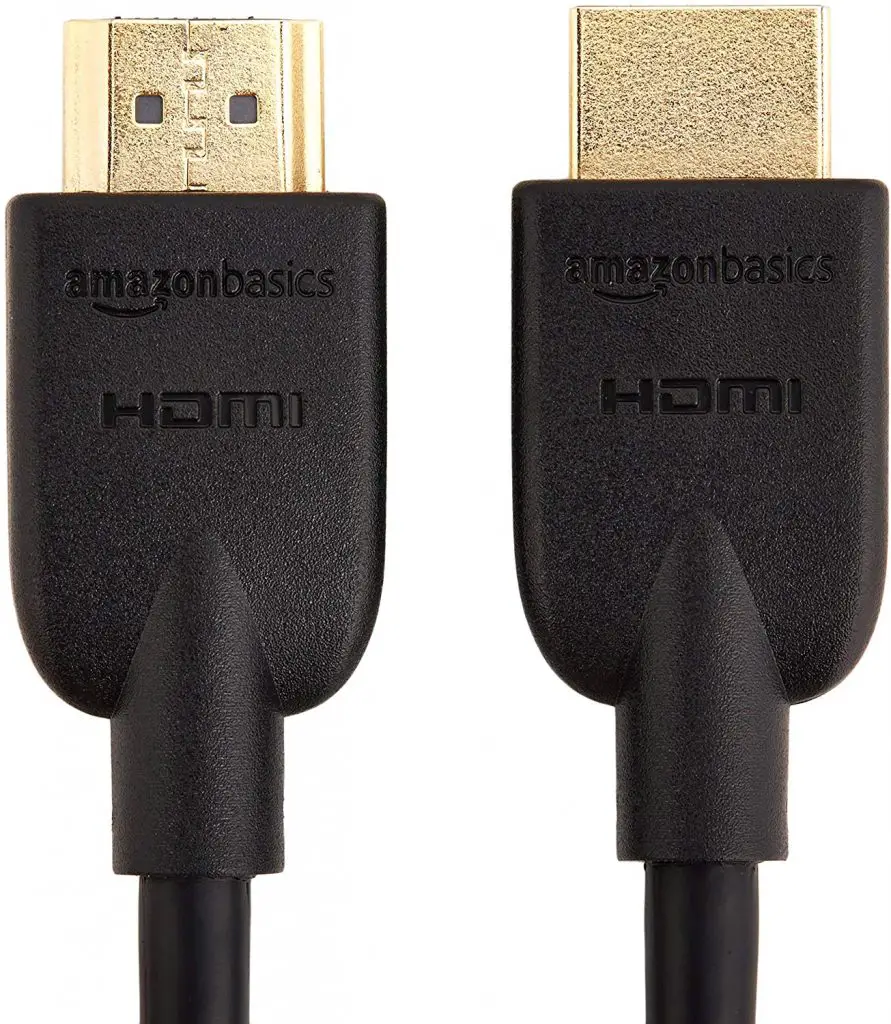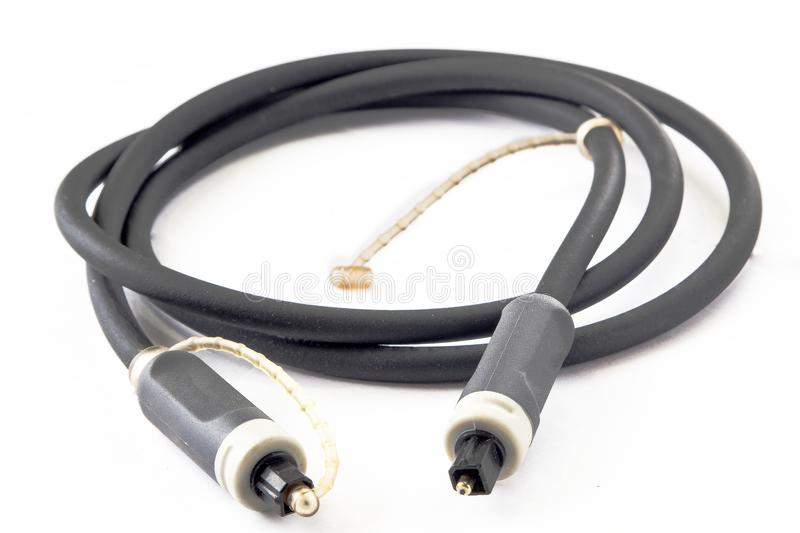Can I use HDMI ARC and optical at the same time? It seems many people are confused about HDMI ARC and Optical Digital Audio.
Yes, these are the two possible ways to connect your soundbar or audio system to your TV. HDMI ARC is newer than Optical Digital Audio (which has been since the early 1990s).
There are pretty a couple of similarities between these two connection technologies, and they have differences too.
Talking about using HDMMI ARC and Optical connection at the same time; the answer is YES and NO.

Well, this shouldn’t confuse you as we clearly explained the reasons why the question has dual correct answers.
Interestingly, this article details everything you need to know about HDMI ARC and Optical Digital Audio (also called TOSLINK).
Table of Contents
What is HDMI ARC?
Put simply, HDMI ARC is an HDMI feature that allows for the transmission of audio and video signals over a single HDMI cable.
It was introduced in HDMI 1.4, and the feature is so far one of the best features of the HDMI technology.
With the advent of HDMI ARC technology, you don’t need optical cables for audio connection.
Yes, if your TV and soundbar support the HDMI ARC tech, all you need is a single HDMI cable, and you can transfer both video and audio to/from your TV and soundbar.
Sounds interesting? Well, there’s a condition for HDMI ARC to work.
If the condition is not met, you’d still need an optical audio cable to transmit audio while the HDMI cable would transmit only video signals. So, what’s the condition, and how does HDMI ARC work?
The condition is pretty simple – both devices are to be connected by support HDMI ARC; thus, they must have a dedicated ARC port amidst the possible several HDMI ports included on each.
In other words, if you want to connect your TV and soundbar via HDMI ARC; the TV must feature a dedicated HDMI ARC port, and the soundbar must feature the dedicated port, too.
If one of the devices does not support the feature, there’s no way you can transmit audio and video using a single HDMI cable. Yes, that’s the condition.
HDMI ARC is available on TVs and soundbars produced after 2009 (which was the year HDMI 1.4 launched).
Simply, if your TV or soundbar was produced before 2009, you can’t use HDMI ARC for audio/video connection – you’d need an optical cable.
How HDMI ARC Works
Interestingly, this does not require any complex setup or configuration.
Notwithstanding, on some TVs, you’d need to turn on the HDMI CEC (different TVs have different codenames for this feature) feature via Settings for HDMI ARC to work.
So, here’s how HDMI ARC works. You don’t even need a special HDMI cable; your old HDMI cable, which you’ve been using and it’s still good, can be used for this setup.
- Connect one end of the HDMI cable to the HDMI ARC port on your TV. The HDMI ARC port is always labeled to distinguish it from the other HDMI ports. So, find the port with the “ARC” label and plug in your cable.
- Now, plug the other end into the ARC port on your soundbar or audio receiver.
- Turn on the TV and soundbar
- Start playing your movies or music; all sounds from your TV would be sent to the soundbar via the HDMI cable. More so, if you playback anything using the soundbar, the audio can be played out from your TV.
It doesn’t look complex right? So, if your TV and soundbar support HDMI ARC, you don’t need an optical audio cable.
What is Optical Audio?
Similar to HDMI ARC, optical audio is a connection that allows you to transmit audio between two devices; in this case, a TV and a soundbar.
However, one major difference between HDMI ARC and Optical Digital Audio is that you cannot transmit video using optical cables.
Optical cables are designed to only carry audio signals to and from connected devices. This connection technology is common and supported by virtually all audio devices in the market.
Even if your TV or audio receiver was produced in 2005, it would support an optical audio connection. Well, if you’d be transmitting audio and video, then you’d need an AV cable too.
Can I Use HDMI ARC And Optical at the Same Time?
Yes, you can. If one of your devices does not support HDMI ARC; you will need an optical cable for audio transmission, while the video signals get transmitted via HDMI.
But if both devices support HDMI ARC, then there’s absolutely no need for optical connections.
Your TV would automatically disable optical connections and send audio/video via HDMI ARC if your soundbar also supports the tech.
HDMI ARC transmits the same audio quality as optical cables.
Note: You cannot transmit HD audio or premium quality sound like Dolby HD or original 7.1 surround sound via optical or HDMI ARC.
If you send premium audio or 7.1 surround sound via HDMI ARC or optical cables, the sound would be downgraded to somewhat 5.1 surround sound. These two connections are limited to 5.1 audio signals.
However, there is a newer version of ARC called eARC; this newer version can transmit any audio quality losslessly.
Well, you can only find eARC on newer TVs and soundbars, and devices that support this tech are pretty expensive.
Also, both devices must feature a dedicated eARC port for the connection to work.
Best HDMI ARC And Optical Cables You Will Want To Buy
These cables are all available on Amazon, eBay, and other popular e-commerce stores that operate online. Nevertheless, you could still buy them from local stores around you.
1. IVANKY HDMI Cable
The IVANKY HDMI cable is pretty fast and compatible with HDMI ARC. It is built to last and can be used on all devices, including projectors, monitors, TVs, DVD players, and even PCs.
More interestingly, this HDMI cable transmits data at a very fast speed, up to 18 Gbps. It is one of the best you would find out there, and it can transmit lossless 7.1 surround sound and 4K videos.
This cable is available in different lengths, from 1ft to 50ft.
2. iBirdie 4K HDMI Cable
Merely looking at this cable, you would clearly see the rigidity. The iBirdie 4K HDMI cable is one of the best out there with a decent transfer speed rating.
It can transfer 8GB every second and is fit for use with TVs, gaming console, PCs, and every other place where an HDMI cable is required.
Furthermore, this cable is inexpensive, available in different sizes, and built to deliver the best performance you’d expect from an HDMI cable of such quality.
3. iVANKY Digital Optical Audio Cable
Yes, the iVANKY brand is notable for producing top-quality audio cables. This optical cable from the brand is one of the best you can get in the market.
It is built to last and to be used on various devices where an optical audio connection is supported. The maximum length available is 15ft. Well, this is not TOSLINK cable, so it doesn’t get to 33ft in length.
It may interest you to know that with this iVANKY optical cable, you can enjoy uncompressed PCM audio. Well, it can handle 5.1 and 7.1 surround sound but would definitely compress them.
4. Amazon Basics Optical Cable
With this optic fiber cable from Amazon Basics, you are sure to ensure stable audio transmission.
It is ideal for connecting soundbars to any TV; notwithstanding, it can be used for connecting other devices that support audio transmission via optical connections.
Furthermore, this cable is built with corrosion-resistant material and gold-plated connectors; apparently, you’re getting stable transmission with zero lagging. However, the maximum length available is 9.8 feet.
Conclusion
Summarily, your TV would definitely shut off optical transmission when you connect HDMI ARC and vice versa.
You can only use both optical and HDMI when one of your devices (either the TV or soundbar) does not support HDMI ARC.
To know if your device supports ARC, simply turn the rear and check the available HDMI ports; the ARC port would be clearly labeled.
However, if your manual says your device supports HDMI ARC, but you can’t find the port, contact the manufacturer and ask questions.
HDMI ARC and optical cables cannot transmit premium audio. If you have Blu-rays to watch, you need to eARC-compatible devices to transmit lossless audio.

